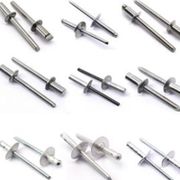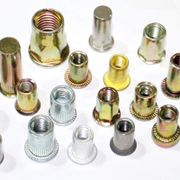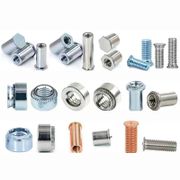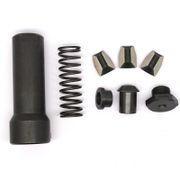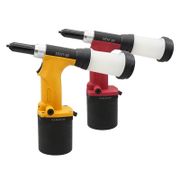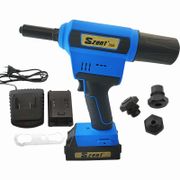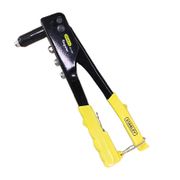📏 Key Dimensions of a Blind Rivet:
-
Rivet Diameter (Body Diameter)
-
This is the outer diameter of the rivet body (the shell).
-
It must match the hole diameter in the materials you're fastening.
-
Common sizes: 3.2mm (1/8”), 4.0mm (5/32”), 4.8mm (3/16”), etc.
-
-
Grip Range (Material Thickness Range)
-
The grip range refers to the total thickness of the materials the rivet is designed to fasten.
-
You’ll find this range on datasheets (e.g., 1.5–3.5 mm).
-
Always choose a rivet with a grip range that covers your material thickness.
-
-
Rivet Length (Body Length)
-
This is the length of the rivet body, not including the mandrel.
-
The length must be long enough to allow for proper expansion and secure fastening.
-
Too short = insufficient clamp. Too long = risk of weak joint.
-
📌 Example:
Let’s say you’re working with two metal sheets that total 3.0 mm in thickness.
You’ll need:
-
A rivet with a grip range that includes 3.0 mm (e.g., 2.5–4.0 mm)
-
A diameter matching your drilled hole (e.g., 4.8 mm)
-
A length long enough to form a proper backside head
🛠 Pro Tip from KSEET:
When in doubt, choose a rivet with a slightly longer grip range and test for pull strength. KSEET offers customized blind rivet solutions and technical support — just reach out and we’ll help you find the perfect match for your application.
📌 Suggested Title for Website:
-
"How to Measure a Blind Rivet Correctly – A Quick Guide from KSEET"
Would you like me to make a diagram or table showing these dimensions visually for your website or catalog?
